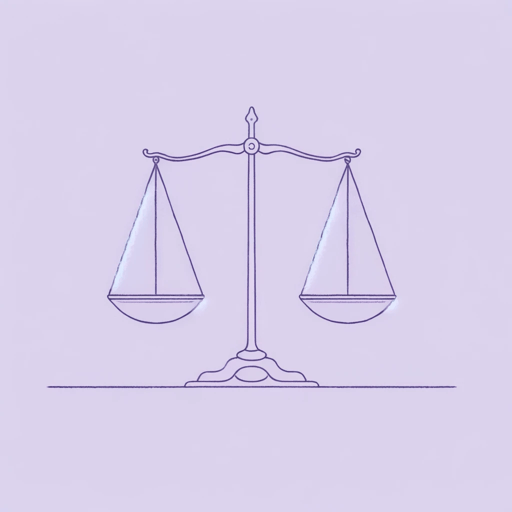19 pages • 38 minutes read
Langston HughesChildren’s Rhymes
Fiction | Poem | Adult | Published in 1926A modern alternative to SparkNotes and CliffsNotes, SuperSummary offers high-quality Study Guides with detailed chapter summaries and analysis of major themes, characters, and more.
Poem Analysis
Analysis: “Children’s Rhymes”
An analysis of Langston Hughes’ poem starts with the title "Children's Rhymes." The title both prepares and misleads the reader about the poem’s subject matter. Typically, the rhymes of children are playful. In an earlier version of “Children’s Rhymes,” Hughes juxtaposes the rhymes about race with lighthearted children’s rhymes. In the version referenced here—the more common version—the rhymes are only about race. Thus, the title is ironic and somewhat unexpected. The rhymes of the child involve a serious subject. Using the playful form of children’s rhymes, the speaker confronts a complex and horrifying reality. Approaching this poem without knowledge of Langston Hughes or his work, the reader might expect a fun or flippant poem. The extreme seriousness of the children’s rhymes produces irony and deliberate deception.
At the same time, the title accurately reflects the poem in that the poem rhymes and maintains a jumpy rhythm. The poem relies on repetition and rhyme to keep its bouncy flow. Even when some of the words don’t rhyme exactly, they sound similar, like “kids” (Line 2) and “President” (Line 5). More so, the recurring appearance of certain words—sends/sent in Stanza 1, bug/bugs in Stanza 2, and ain’t in all three stanzas—reinforces the poem’s propulsive beat.
Related Titles
By Langston Hughes

Cora Unashamed
Langston Hughes

Dreams
Langston Hughes
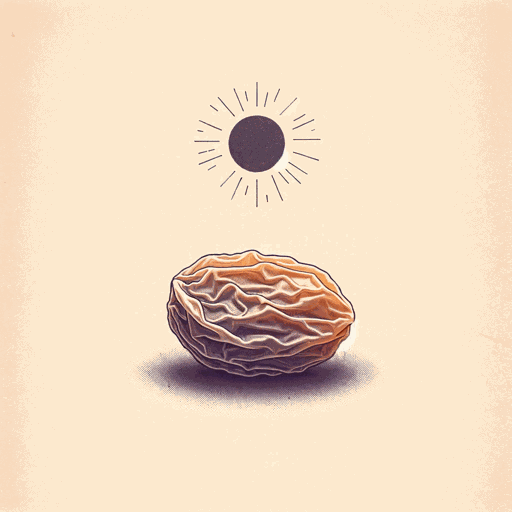
Harlem
Langston Hughes
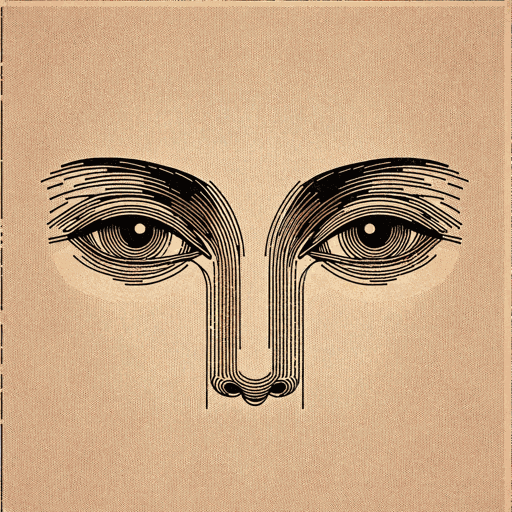
I look at the world
Langston Hughes
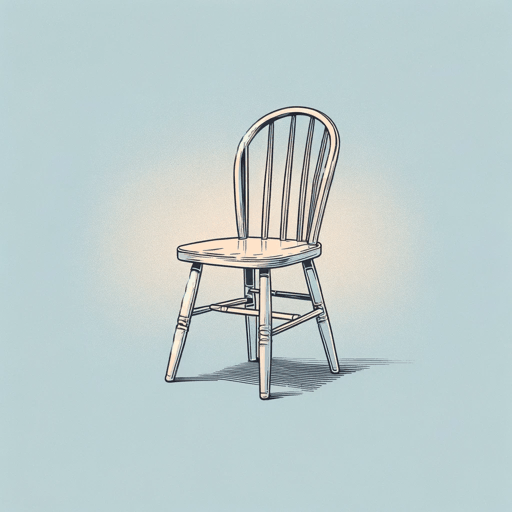
I, Too
Langston Hughes

Let America Be America Again
Langston Hughes
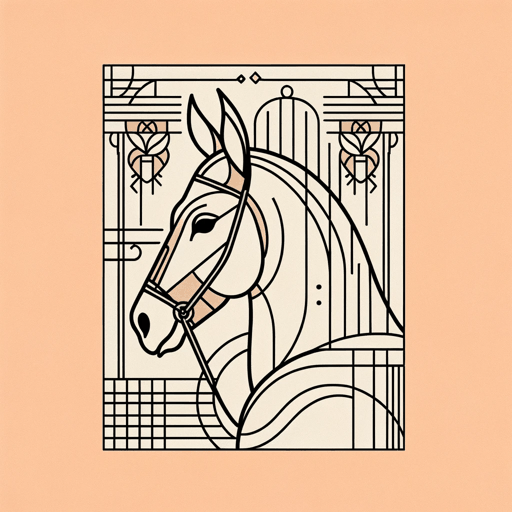
Me and the Mule
Langston Hughes

Mother to Son
Langston Hughes

Mulatto
Langston Hughes

Mule Bone: A Comedy of Negro Life
Langston Hughes, Zora Neale Hurston
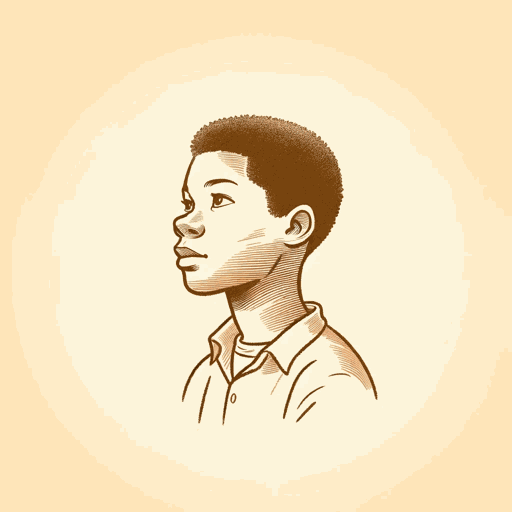
Not Without Laughter
Langston Hughes

Slave on the Block
Langston Hughes
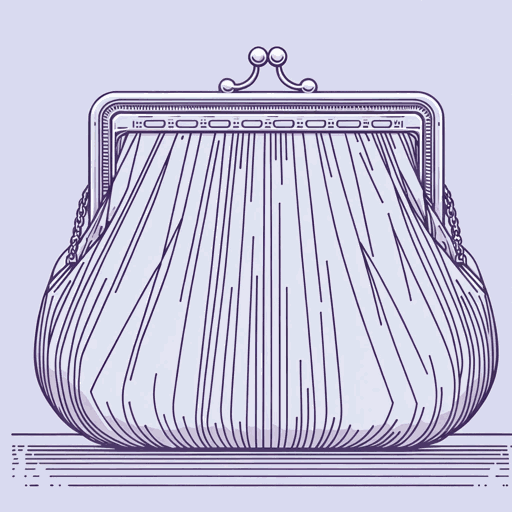
Thank You, M'am
Langston Hughes

The Big Sea
Langston Hughes
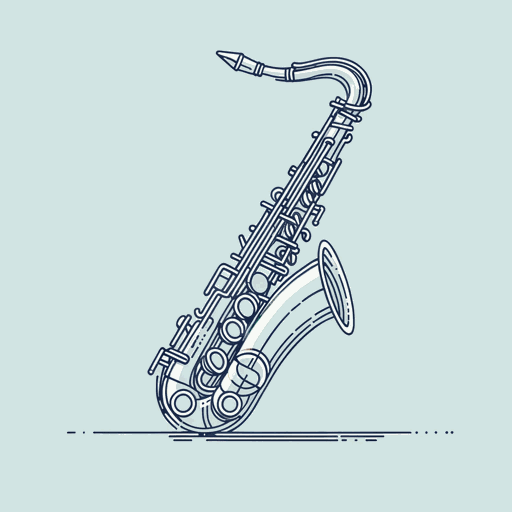
Theme for English B
Langston Hughes

The Negro Artist and the Racial Mountain
Langston Hughes

The Negro Speaks of Rivers
Langston Hughes
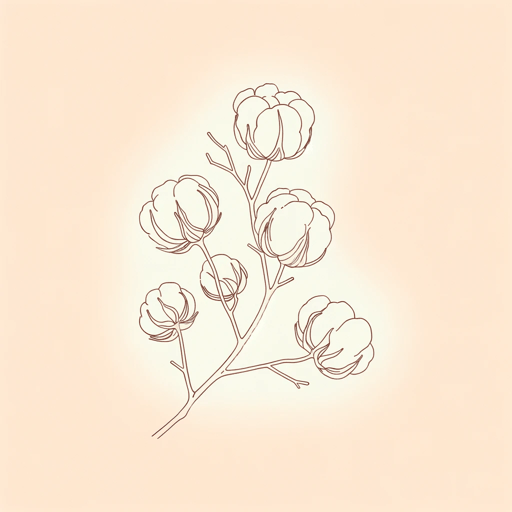
The Ways of White Folks
Langston Hughes
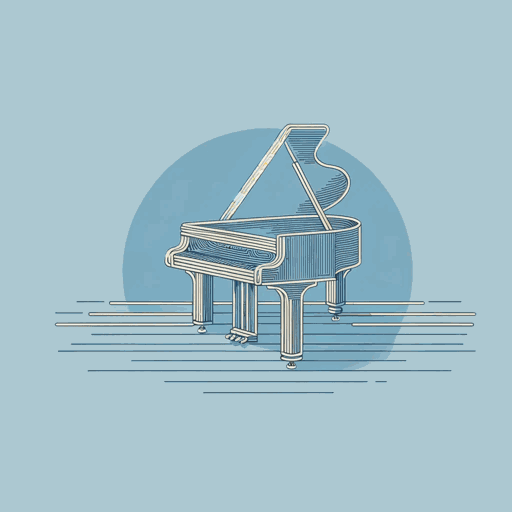
The Weary Blues
Langston Hughes

Tired
Langston Hughes
